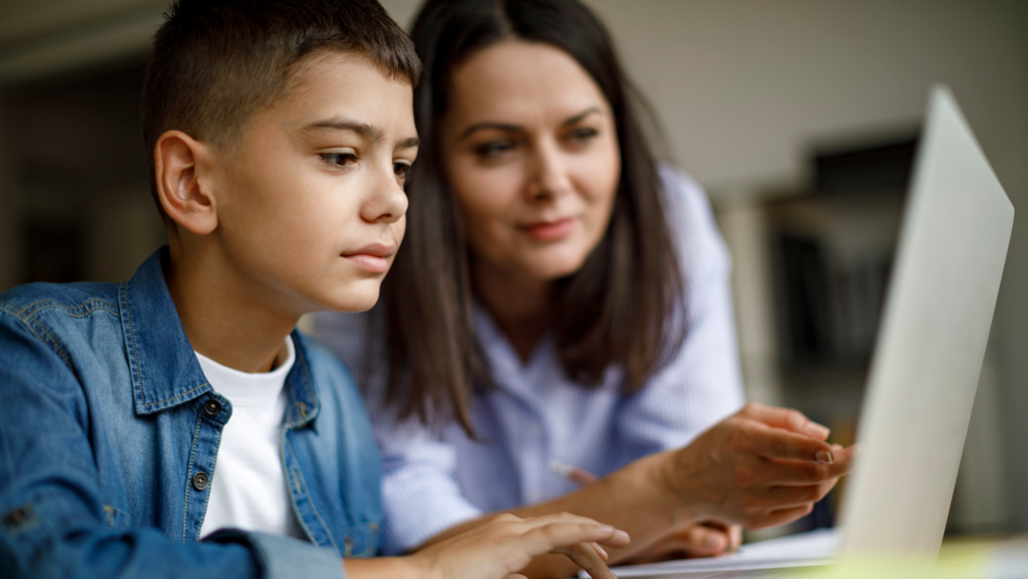Here are some free resources for kids (and parents) now learning at home
Science News Explores has news articles, activities and more for at-home learning

Science News Explores has resources that can help parents educating their kids now at home.
damircudic/E+/Getty Images
With schools closed in countries across the world to help prevent the spread of COVID-19, many parents and teachers are trying to figure out how to help kids learn while all of us are stuck at home. We know that schools and teachers are helping out as much as they can. They’re sending home packets of lessons, for instance, and running chats on Google Classroom. But we want to help, too.
During this time, Science News Explores will continue publishing the high-quality science journalism we’re known for. Every week, we publish articles about current events and recent science research, all written in a kid-appropriate way. (This includes articles about the novel coronavirus, all of which you can find in this collection.) But we’d also like to highlight some of the resources at Science News Explores that can be particularly useful for learning in the home environment. (For a full list of educator resources, check out “How to use this site in the classroom.”)
Experiments: Now is a great time to learn science by doing science. In this series, we take kids through real scientific research projects, showing them how to apply the scientific method to develop their own experiments. Check out the full collection of experiments — and give one a try!
Scientists Say: This series features a new vocabulary term every week. Want to know what an “herbivore” is, or how to pronounce “zooxanthellae”? Find out here. Each term is defined, used in context and accompanied by an audio clip so kids can hear how the words are pronounced.
Explainers: We have explainers on many topics, from how to read brain activity to the greenhouse effect. Each is designed to take a deeper dive into the concepts that underlie science news and research.
Technically Fiction: These stories look into the science behind fiction, from Harry Potter to bigfoot to what it would take to make an elephant fly. These can be a great place to start if your child doesn’t think they like science.
Discussion questions: Each feature-length article contains a link to a series of questions. These questions are broken into groups to be answered before, during and after reading to enhance reading comprehension. (Each one is labeled “classroom questions,” but they can easily be used at home.)
Word finds: Each feature-length article contains a word find puzzle, incorporating Power Words used within the article. We’re also adding word finds to more articles, including those in our new series “Let’s learn about…”
Let’s learn about: This new series will present a handful of stories on a topic, such as exploring Mars or electric eels, along with relevant Scientists Say and explainers, a new word find and a link to some fun content from somewhere on the internet, like an animal cam. These collections are meant to help kids learn more about a topic in STEM — with a bit of fun.
You can also sign up for our newsletter to find out every Monday morning about all the content we published in the past week.

Educators and Parents, Sign Up for The Cheat Sheet
Weekly updates to help you use Science News Explores in the learning environment
Thank you for signing up!
There was a problem signing you up.
If you have comments or suggestions about other ways that we can help, please reach out to us at sns@sciencenews.org.







